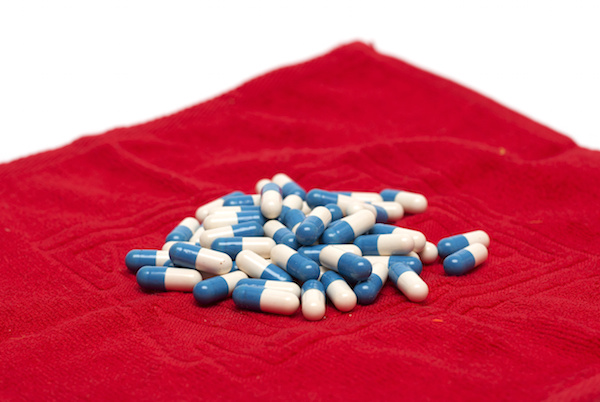
TUESDAY, April 16 (HealthDay News) — Authorities were searching Tuesday for suspects and motives behind the twin bombings near the finish line of the Boston Marathon on Monday afternoon that killed three people and injured more than 170 others.
The dead included an 8-year-old boy who was watching the race with family and friends.
The injured — spectators and runners alike — were rushed to eight area hospitals. Some had severed limbs, others suffered shrapnel wounds, burns, fractures and eardrums damaged from the shock waves of the explosions that occurred shortly before 3 p.m. At least 10 of the wounded were children, the Boston Globe reported.
“For many, many people in emergency medicine who are practicing domestically and not in the military, these are once-in-a-lifetime events,” said Dr. Ron Walls, chairman of Brigham and Women’s Hospital’s Department of Emergency Medicine.
Dr. Sushrut Jangi, an internist at Beth Israel Deaconess Medical Center, told of injuries more common to battlefields: “There were victims coming in with both legs blown off. I had never seen anything like that.”
One doctor who was about 150 yards from the explosions told ABC News that
“we all went running over there, and started to bring people into the medical tent” that had originally been set up to treat exhausted or dehydrated runners. “It was not good. Very bad. Like a war zone. 9/11 immediately came to mind.”
Blood and broken glass covered the sidewalks within seconds of the blasts.
The first explosion occurred about four hours after the winners had crossed the finish line for the marathon, held every year on Patriots Day, a state holiday that commemorates the start of the American Revolution. Another blast rocked the area about 10 seconds later and several hundred feet away.
Authorities streamed onto the race course to carry away the injured. Runners who hadn’t finished the 26.2-mile race were routed away from the site of the explosions, the Associated Press reported.
“We still do not know who did this or why; we still don’t have all the facts,” President Barack Obama said shortly after 6 p.m. Monday. “We will get to the bottom of this. We will find who did this, and we will find out why they did this. Any responsible individuals, any responsible groups, will feel the full weight of justice.”
A White House official, speaking anonymously because the investigation is still unfolding, said the attack was being treated as a terrorist act, the AP reported.
The police said they had no suspects in custody, and officials in Washington said no person or group had claimed responsibility, the AP reported.
“There are a lot of people down,” a male runner told the AP Monday. Another runner, Laura McLean from Toronto, said, “There are people who are really, really bloody.” She was in the medical tent being treated for dehydration when she was moved out to make room for people injured in the explosions.
TV footage taken from a helicopter showed blood staining the pavement in the popular Back Bay shopping and tourist area.
One expert said the psychological impact on those at the scene could be severe.
“Families of those impacted, as well as witnesses of the horror, may require support and psychological First Aid,” said Dr. Victor Fornari, director of the division of child/adolescent psychiatry at North Shore-LIJ Health System in New Hyde Park, N.Y.
“We have learned that we must care for the first responders as well, their work exposes them to traumatic impact,” he added.
Relatives of the children and educators killed in the Newtown, Conn., school shootings in December were guests at the marathon’s finish line tent. A theme of this year’s marathon was “26 Miles for 26 Victims,” the Globe reported.
Boston Athletic Association President Joanne Flaminio had said before the race there was “special significance” to the fact that the marathon is 26.2 miles long and 26 people died at Sandy Hook Elementary School.
None of the Newtown runners or their supporters was hurt in the bombing, according to the running team’s Facebook page, the New York Daily News reported.

